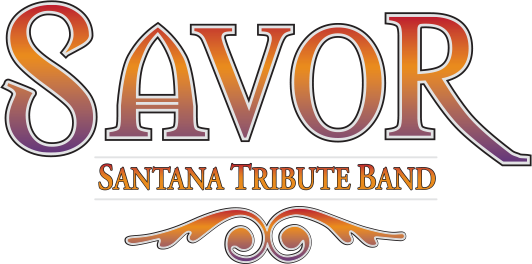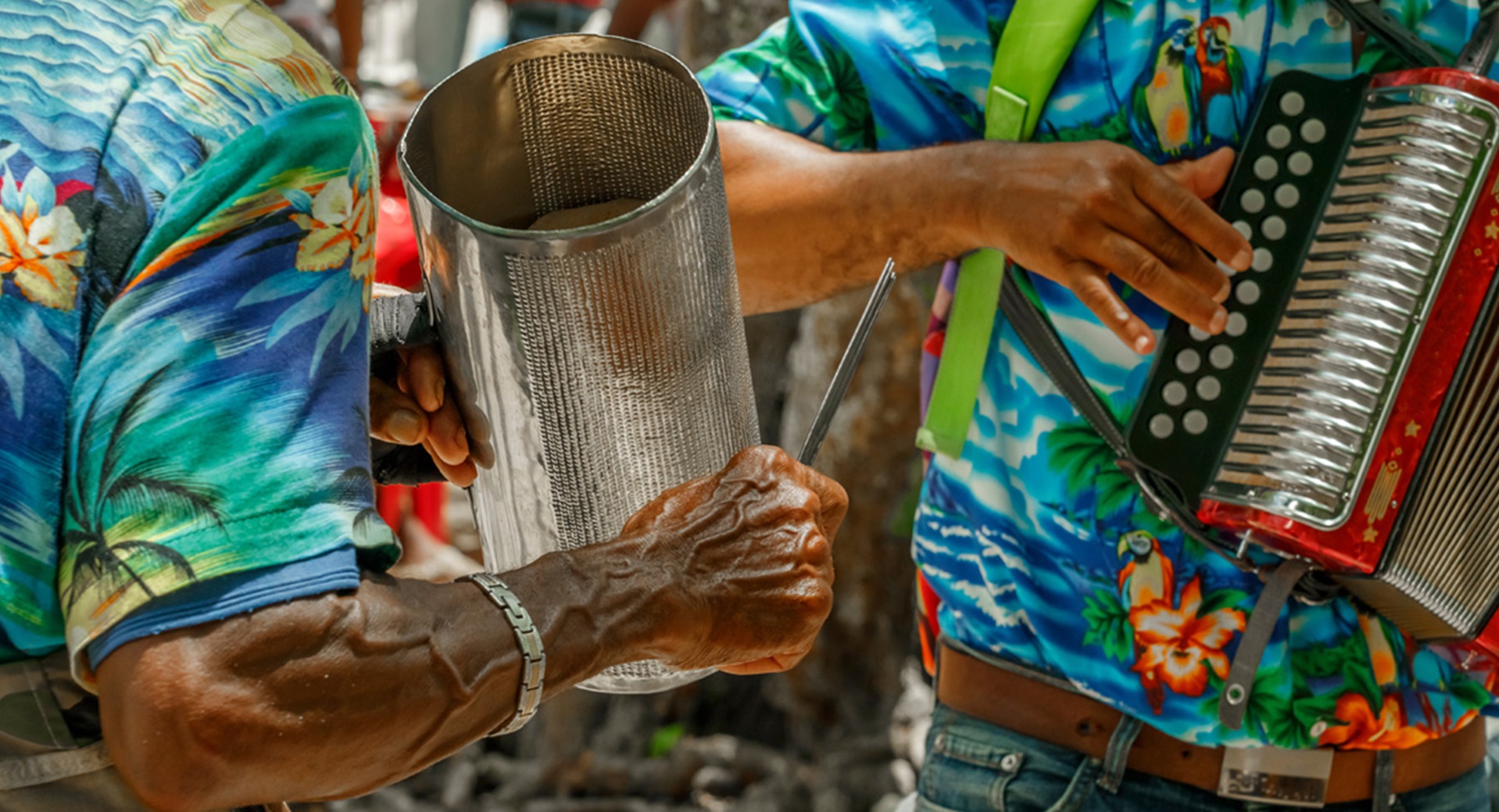The Pioneers of Latin Music in the U.S.
When Santana took the stage on Day 2 of Woodstock, they were virtual unknowns in the rock world. Their percussion-driven, Latin-infused music was really only familiar to fans of the Bay Area music scene, the center of which was the Fillmore West.
Fast forward to August of 1969. Woodstock’s organizers wanted Jefferson Airplane and the Grateful Dead on their ticket. Bill Graham, owner of the Fillmore and promoter of both bands, struck a deal – the Dead and the Airplane would play, but Woodstock Ventures had to book Santana as part of the deal.
When Santana opened their set with “Waiting,” most of the 500,000 plus people out in the crowd had no idea who they were or what to expect from their music. By the end of the set, the audience was on their feet, clapping, dancing, and rocking out. They were moving to the tribal rhythms of percussionists Mike Carabello (Congas), Jose “Chepito” Areas (Timbales and Congas), and the show-stopping drum solo of Michael Shrive on “Soul Sacrifice.”
Within days of their show at Woodstock, the band released its self-titled album, Santana, which rose to #4 on the Billboard Chart in the U.S. Subsequently, Carlos Santana went on to become one of the most influential guitarists of all time and a powerful influencer of Latino music in this country, beginning in the 70’s and continuing to this day.
Latin American music influenced American popular music
However, Latin American music has long had an effect on popular music in the U.S. In fact its influence dates as far back as the 1930’s and 40’s – decades before Santana shared his brand of Latin-Afro rock with the crowd at Woodstock.
The influence of Latin American music can be heard in a variety of genres – including jazz, country, rhythm and blues, and rock. It’s even given rise to some unique styles of music, among which are salsa, Tejano, and Chicano rap and rock.
Who were some of the pioneers responsible for the rise of Latino music in the U.S.?
Xavier Cugat, Spanish musician and bandleader, is considered to be one of the leading figures responsible for the spread of Latin music in New York City in the 1940’s.
Perez Prado, known as “The Mambo King”, was the composer of huge hits such as “Mambo No. 5,” and “Cherry Pink and Apple Blossom White.” Perez made the mambo famous.
Dizzy Gillespie, jazz trumpeter, bandleader, composer, and singer, introduced the country to Afro-Cuban jazz
Tito Puente, the “king” of Latin Music, mixed Latin sounds with a number of musical styles, experimenting with the fusion of Latin music and jazz. Puente is the face of Latin music in the U.S. for many people. His most famous song, “Oye Como Va,” recorded by Santana on Abraxas.
Richie Valens, rock and roll pioneer and a forefather of the Chicano rock movement, released an adaptation of the traditional Mexican folk song “La Bamba” that was a Top 40 hit in the U.S. charts in 1958. Today it is ranked 345 in Rolling Stone’s list of the 500 Greatest Songs of All Time.
Celia Cruz, Johnny Pachecho, and Willie Colon, stars of salsa, a fusion of Cuban dance music with a variety of musical genres from Latin America and the Caribbean whose edgy rhythms exploded onto the music scene in the late 60’s.
These and countless other musicians and singers have paved the way for today’s top artists like Shakira, Bad Bunny, and Daddy Yankee, as well as new genres like Reggaeton and Corridos Tumbados.


